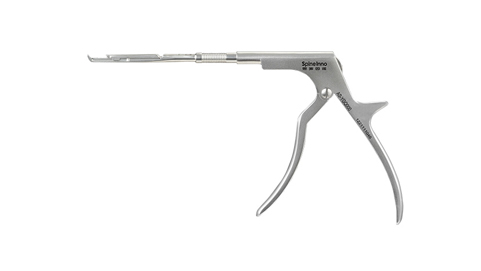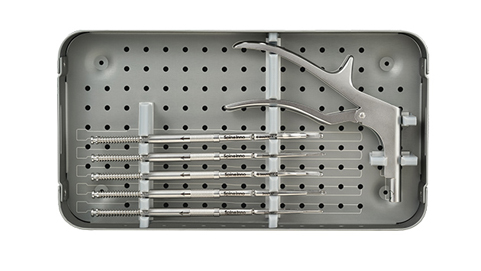Overview of Endoscopic Spine Instruments
Endoscopic spine surgery (ESS) has emerged as a significant advancement in the treatment of various spinal conditions, utilizing specialized instruments designed to minimize tissue damage and enhance surgical precision. This article delves into the evolution, current applications, and prospects of endoscopic spine instruments.
Historical Context
The roots of endoscopic spine surgery trace back to the early 20th century when orthopedic surgeons began employing arthroscopic tools for spinal visualization. Over the decades, advancements in technology have transformed these initial techniques into sophisticated endoscopic systems capable of addressing complex spinal pathologies. The introduction of minimally invasive approaches has led to reduced post-operative pain, shorter recovery times, and fewer complications compared to traditional open surgeries.
Key Instruments in Endoscopic Spine Surgery
Endoscopes
Endoscopes are pivotal in ESS, allowing surgeons to visualize the surgical field with minimal disruption. Modern endoscopes typically feature:
Rod-lens camera systems: These provide high-resolution images.
Working channels: Allow for the insertion of surgical instruments.
Irrigation channels: Help maintain a clear view by flushing out debris.
Surgical Tools
A variety of specialized tools are used in conjunction with endoscopes, including:
Endoscopic drills and shavers: Designed for precise bone resection.
Articulating burrs: Enable angled drilling in difficult anatomical locations.
Kerrison punches: Facilitate bony removal with minimal collateral damage.
Navigation and Imaging Technologies
Recent innovations include the integration of navigation systems and augmented reality. These technologies enhance the surgeon's ability to navigate complex anatomy and improve overall surgical outcomes.
Surgical Approaches
Two primary approaches dominate endoscopic spine surgery:
Transforaminal Approach
This is the most commonly utilized method for discectomy. It involves accessing the disc space through the foraminal region, minimizing damage to surrounding structures. The technique has evolved from an "inside-out" to an "outside-in" approach, enhancing visualization and safety during procedures.
Interlaminar Approach
This method allows access to the spinal canal through the lamina, providing a pathway for decompression. It is particularly effective for treating lumbar stenosis and herniated discs.
Advantages of Endoscopic Spine Surgery
The benefits of using endoscopic techniques over traditional methods include:
Minimized tissue damage: Less collateral injury leads to quicker recovery times.
Reduced hospital stays: Patients often experience shorter postoperative hospitalization.
Lower complication rates: Studies indicate fewer revisions and complications associated with endoscopic procedures compared to conventional surgeries.
Challenges and Future Directions
Despite its advantages, ESS faces challenges such as a steep learning curve for surgeons and potential complications unique to endoscopic techniques. Ongoing research aims to refine these methods further and expand their applicability across various spinal conditions. Future developments may include enhanced imaging technologies, robotic assistance, and improved instrument designs that could facilitate even less invasive procedures while maintaining high efficacy rates.




